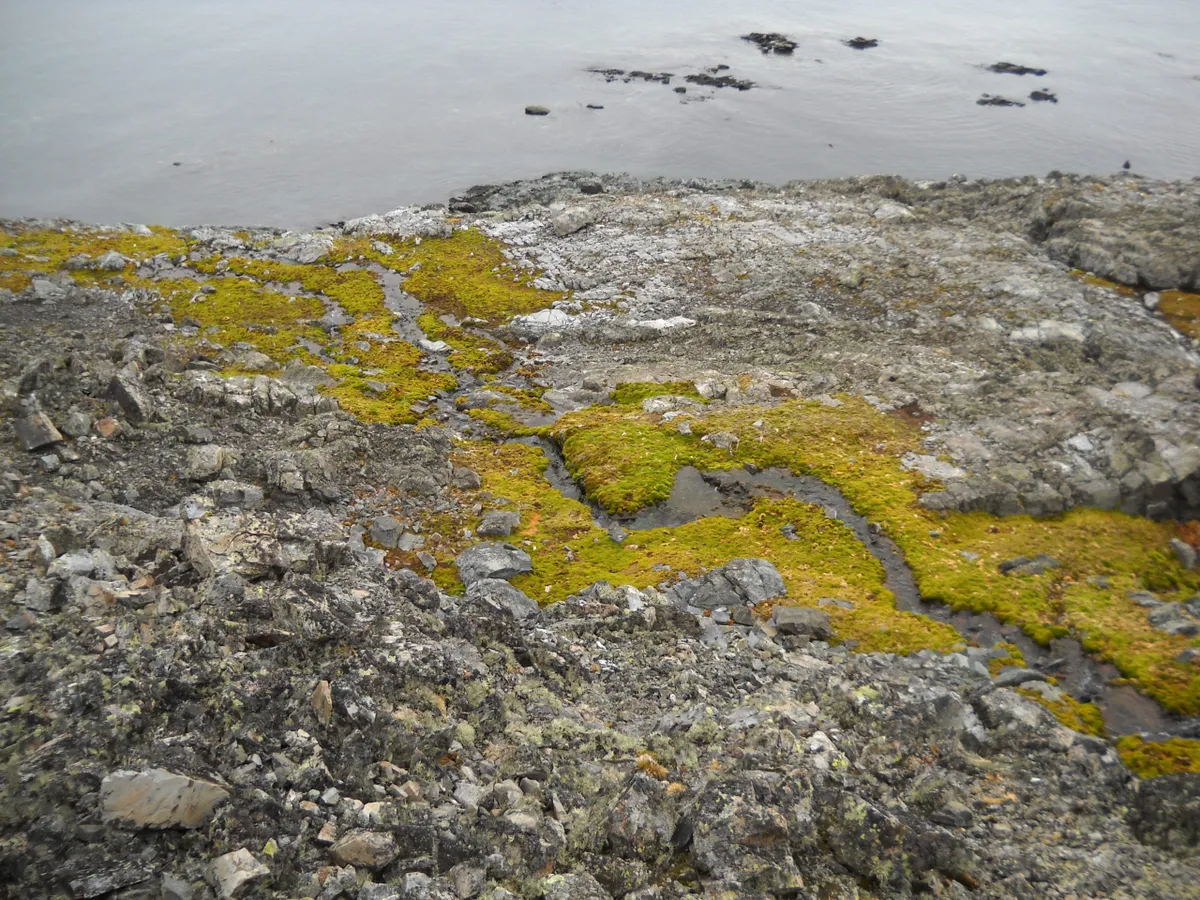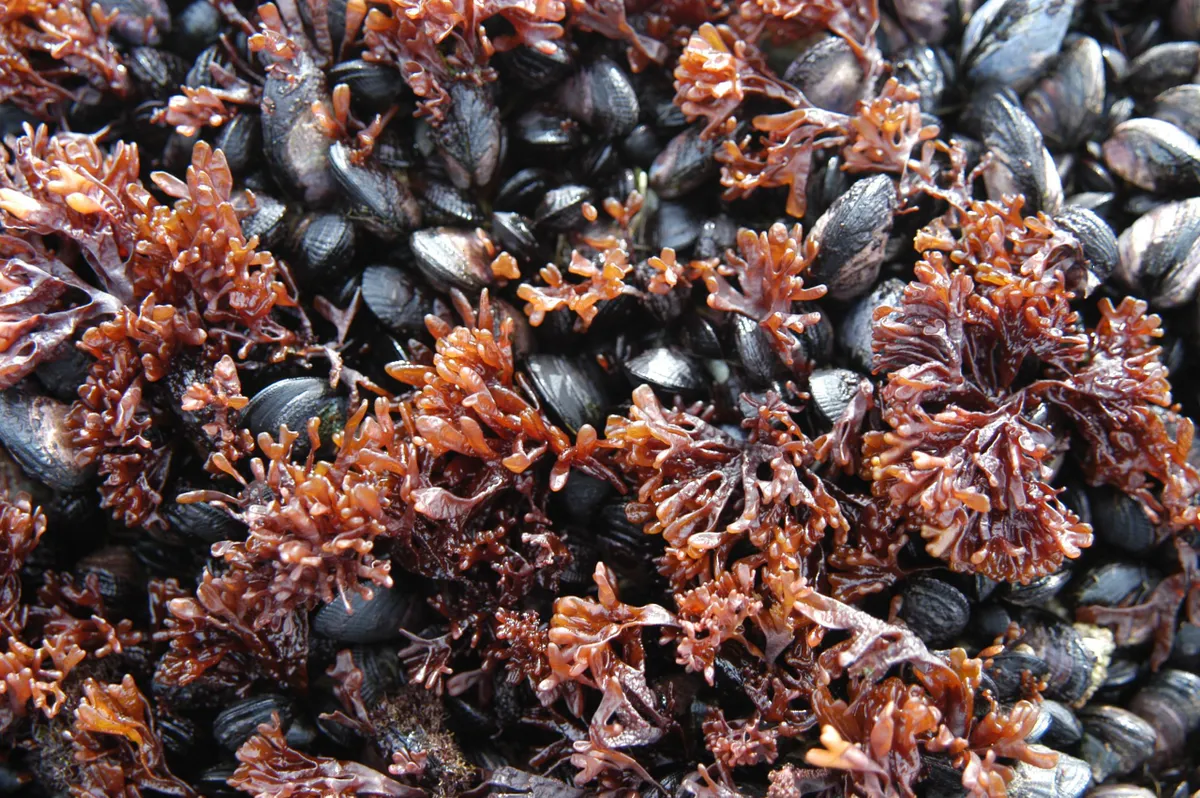A new study undertaken by British Antarctic Survey (BAS), the UK Centre for Ecology and Conservation (UKCEH) and a team of international scientists provides a list of 13 species most likely to threaten biodiversity and ecosystems in the Antarctic Peninsula region.
Despite its remote location, the Antarctic is still vulnerable to invasions of non-native species which can have disastrous effects on the local flora and fauna.
The aim of the study is to provide a baseline for all operators in the region to look out how they might prevent the spread.
“The Antarctica Peninsula region is by far the busiest and most visited part of Antarctica due to growing tourism and scientific research activities,” says lead author Dr Kevin Hughes, an environmental researcher at BAS.
“Non-native species can be transported to Antarctica by many different means. Visitors can carry seeds and non-sterile soil attached to their clothing and footwear. Imported cargo, vehicles and fresh food supplies can hide species, including insects, plants and even rats and mice. Marine species present a particular problem as they can be transported to Antarctica attached to ship hulls. They can be very difficult to remove once established.”

103 species, currently absent in the region, were identified as relevant for review, with 13 species identified as presenting a high risk of invading the Antarctic Peninsula region.
“Marine invertebrates such as mussels and crabs are top of the list of species considered most likely to invade the Antarctic Peninsula region, but flowering plants such as button weeds, and mites and springtails were also identified,” says BAS marine biologist and co-author Dr David Barnes.
“We know mussels can survive in polar waters, and can spread easily. When they establish they can dominate life by smothering the native marine animals that live on the seabed.”

Some invasive species have already established themselves near research stations and visitor sites. Eradication of invasive species is possible but has proven difficult and costly.
The study highlights the predicted increase in intensity, diversity and distribution of human activities combined with climate change could help any introduced species establish and spread further resulting in negative consequences for the biodiversity of the whole continent.
Professor Helen Roy, an ecologist at UKCEH who oversaw the study, says:
“It is critical to ensure that comprehensive biosecurity checks are implemented by all visitors coming to the area to prevent invasive non-native species getting to Antarctica in the first place. Only then will we be able to reduce the risks and protect these amazing, but vulnerable Antarctic communities from the threat of invasive non-native species.”
The 13 species most likely to impact the Antarctic Peninsula region in the next 10 years:
- Chilean mussel, Mytilus chilensis (marine invertebrate)
- Common blue mussel, Mytilus edulis (marine invertebrate)
- Springtail sp, Protaphorura fimata (terrestrial invertebrate)
- Mite sp, Nanorchestes antarcticus (terrestrial invertebrate)
- Flattened crab, Halicarcinus planatus (marine invertebrate)
- Sea vase, Ciona intestinalis (marine invertebrate)
- Buttonweed sp, Leptinella scariosa (terrestrial plant)
- Colonial Ascidian, Botryllus schlosseri (marine invertebrate)
- European shore crab, Carcinus maenas (marine invertebrate)
- Asian kelp, Undaria pinnatifida (marine algae)
- Buttonweed sp, Leptinella plumosa (terrestrial plant)
- Parchment worm, Chaetopterus variopedatus (marine invertebrate)
- Mediterranean mussel, Mytilus galloprovincialis (marine invertebrate)
Read the full paper in Global Change Biology.
Main image: A chinstrap penguin and a gentoo penguin in Antarctica. © Emiliano Lasalvia/NurPhoto/Getty